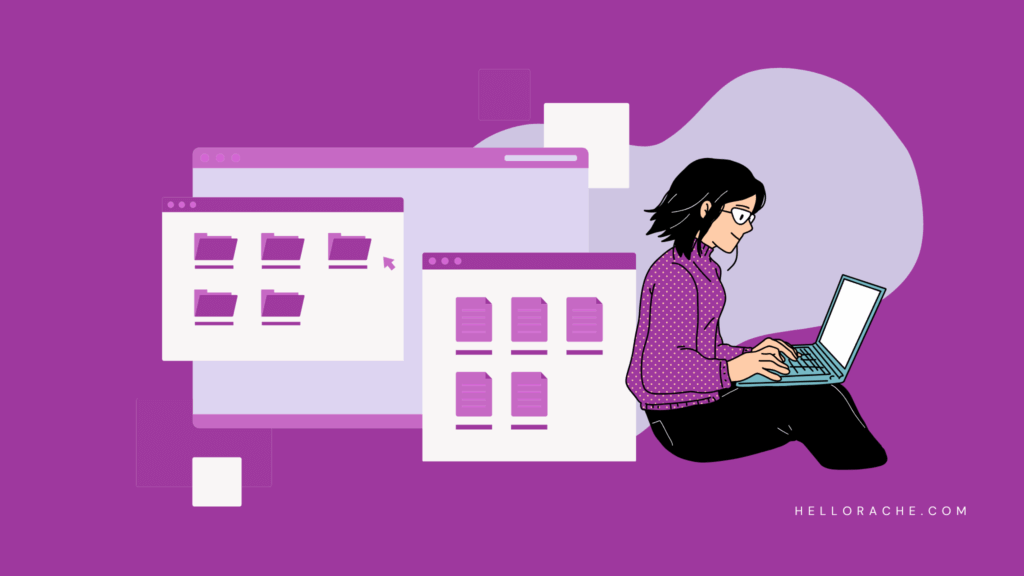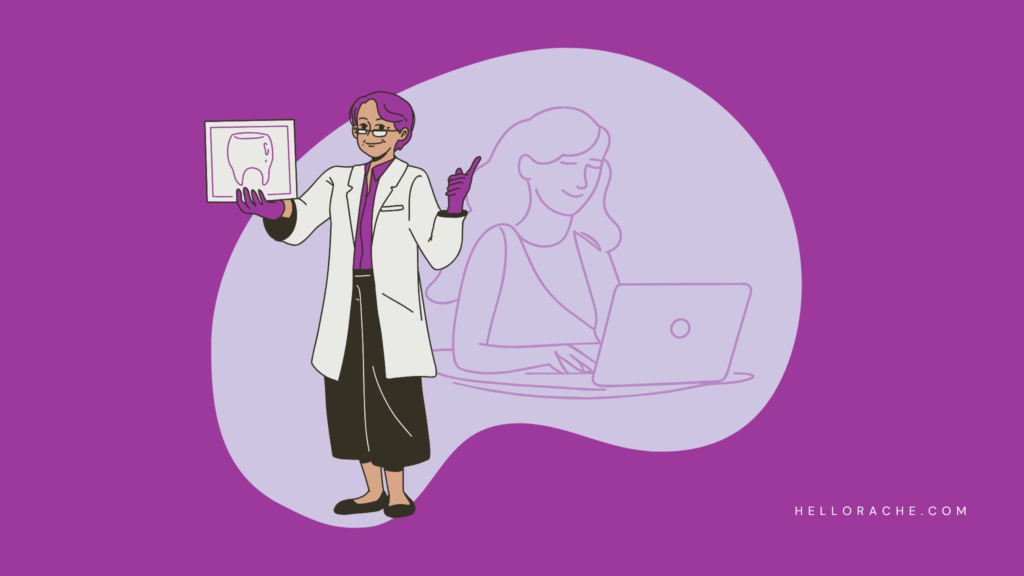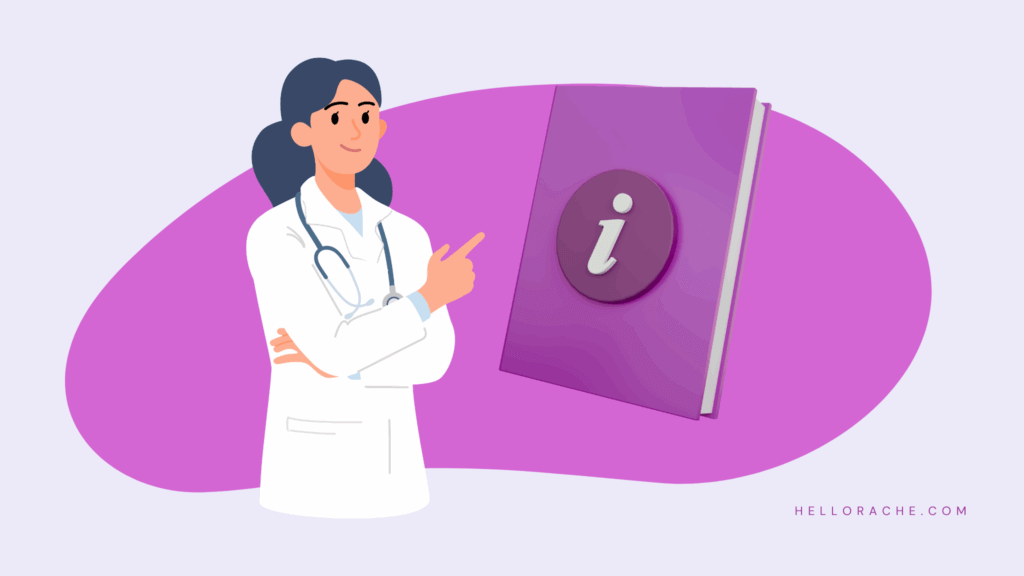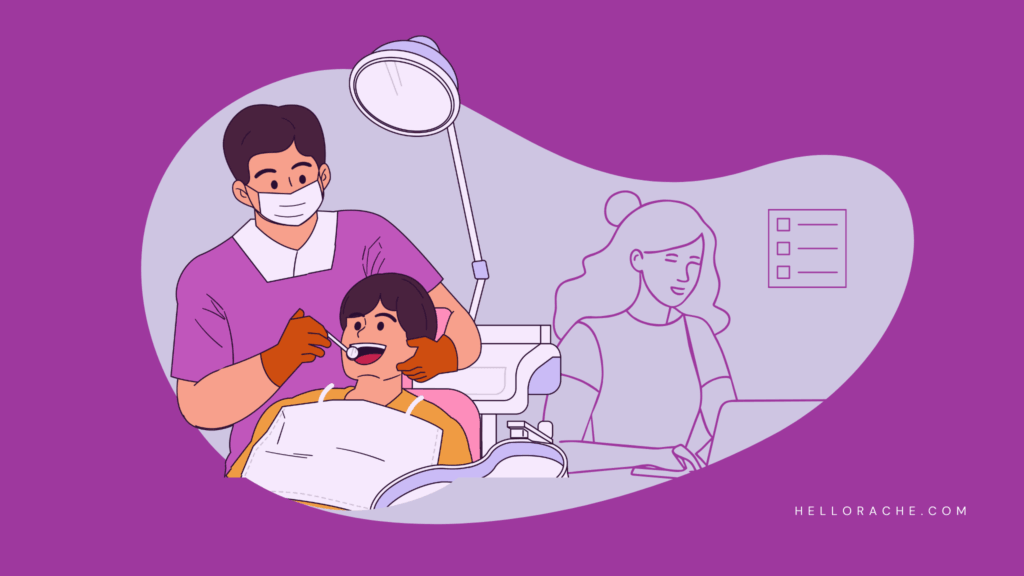A remote patient monitoring (RPM) virtual assistant enhances patient care and improves efficiency for healthcare practices in ways that technology alone simply can’t. As remote patient monitoring continues to evolve and transform the way physicians care for their patients, there’s just one pressing question: is your RPM program as effective for your patients, staff, and practice as it could be?
The promise of RPM is clear for everyone to see. Using connected devices and digital platforms, physicians now have the power to track patient health data in real time, address issues sooner than ever before and manage chronic conditions outside of the clinic with ease. RPM technology offers your team a level of scalability, automation, and valuable insights which enhance decision-making and improve patient care. However, despite these benefits, many practices have found that purely automated systems often fall short.
Patients often feel disconnected, there’s the risk of compliance levels dropping off, and, of course, your already stretched clinical teams are still burdened with handling follow-ups. This is why your RPM program needs the human touch, and this can be delivered by a remote patient monitoring virtual assistant.
The Rise of Remote Patient Monitoring in Healthcare
RPM has quickly evolved from an optional luxury to a major part of modern healthcare services. This demand has been driven by an increase in the rates of chronic illness, an aging population, and a need for more efficient ways to deliver care outside the clinic or hospital. Patients with conditions such as hypertension, diabetes, heart disease, or COPD can all use connected devices to record their vital signs at home. It’s a revolutionary move which enables data to be automatically transmitted directly to their provider for analysis and action.
RPM has been shown to reduce hospitalizations, improve adherence to treatment plans, and empower patients to take a more active role in their own care. And the benefits aren’t reserved purely for the patients. For physicians and healthcare organizations, it provides a new way of extending care beyond the office visit, achieving quality metrics, and generating new reimbursement opportunities.
There’s just one problem: the vision of seamless, tech-driven RPM tends to look better on paper than in practice. The challenges of the real world quickly come calling when RPM systems are launched, and it’s often down to the lack of human involvement.
What is a Remote Patient Monitoring Virtual Assistant?
A remote patient monitoring virtual assistant helps your practice combine technology, empathy, accountability, and communication into one powerful system. Once integrated with the systems you already have in place, a remote patient monitoring virtual assistant can operate in numerous areas. They ensure that patients stay engaged, physicians receive accurate data when they need it, and practices see the outcomes they hoped for when investing in remote patient monitoring.
And it’s all thanks to technology. The rise of the virtual assistant has been swift, with advancements in internet technology fueling this popularity. No longer do you have to worry about unreliable connections, file transfers which take days, or substandard videoconferencing. The power of modern internet connections means that daily operations can now be completed seamlessly through remote connections. Do you know what else this means? That’s right, remote working enables organizations to bring in staff from anywhere in the world – all they need is an internet connection and a login.
Understanding the Limits of Automated RPM Systems
Automation has the power to transform processes and productivity, but it’s far from perfect. A system which can only collect and transmit data will always lack a certain quality, and it certainly doesn’t guarantee better outcomes. Many patients, especially older adults, struggle with the technical demands of devices, leading to problems with logging their readings or failing to grasp the importance of daily compliance. Sure, automated reminders may help some patients, but others find them confusing or easy to ignore.
So, let’s consider a patient who’s missed three days of blood pressure readings. This may flag an alert within the RPM system and send an automatic reminder to the patient. But what if the patient is experiencing technical difficulties with their device? Or they’re feeling unwell? The end result is a message which goes unanswered. Over time, these missed readings can build up, and the physician is left with incomplete data that limits their ability to make care-based decisions. And then there’s the impact on the patient, who may feel unsupported and disengaged from their own care.
You also have to consider the importance of empathy in healthcare, an element which can greatly enhance outcomes. Patients need to know that someone is paying attention and that they’re not just responding to a screen. Automated systems can’t answer questions, provide reassurance, or deliver that all-important human touch. They’re not, for example, going to step in and deal with a patient’s concerns that they’ve struggled to record their readings consistently. While these may sound like small moments in a patient’s healthcare journey, they’re critical for keeping them engaged.
Practices also need to understand that the absence of human support also means clinical staff are going to have shoulder a lot of responsibility with automated RPM systems. Nurses and medical assistants often end up having to make calls, troubleshoot devices, or chase outstanding readings. This negates any efficiency that RPM was supposed to provide practices with in the first place.
How Does a Remote Patient Monitoring Virtual Assistant Help?
If you want to transform your RPM systems, this is where you need a remote patient monitoring virtual assistant. A trained professional who can work alongside your existing staff, they ensure that your patients receive the human support they need. They aren’t there to replace the technology, but to complement it by providing consistent support and engagement.
A remote patient monitoring virtual assistant can contact patients when readings are missed, ensuring that gaps in data are minimized, and keep compliance levels high. From walking patients through device setup through to troubleshooting and answering common questions, they can do it all. This makes sure that patients stay on track and take back control of their care.
Most importantly, remote patient monitoring virtual assistants bring empathy and human connections into the relationship. This removes any sterile sense of automation and, instead, reminds patients that their health truly matters to their care team. As well as building trust, this also reduces drop-off and keeps patients engaged with their care program.
The Benefits for Physicians and Healthcare Practices
For your practice and healthcare team, there are a number of exciting benefits to take advantage of when you incorporate a remote patient monitoring virtual assistant. Key benefits, which will enhance your care delivery and practice management, include:
Reduced Workload for Physicians:
By handling routine follow-ups, troubleshooting, and patient reminders, a remote patient monitoring virtual assistant frees up physicians to focus on patient-facing care. This reduces burnout and preserves the productivity of physicians.
Improved Patient Compliance:
Consistent check-ins from a real-life person encourage patients to comply with their RPM treatment such as regularly logging their readings and using their devices correctly. This enhanced compliance results in more thorough and accurate data for making clinical decisions.
Higher Patient Satisfaction:
Patients feel much more supported and engaged when they receive input from fellow humans as well as automated reminders. This human connection strengthens trust, improves retention, and sends satisfaction scores soaring.
Cost-effectiveness:
A remote patient monitoring virtual assistant helps to expand a practice’s capacity without the usual overheads of hiring more in-house staff. In fact, it’s estimated that remote workers can save organizations up to $11,000 per year.
Bringing Back the Human Touch in Healthcare
Healthcare has always been about human connections; it’s why healthcare is such an important part of society. Yes, digital tools and automation can combine to make care more efficient and accessible, but they can’t replace empathy, accountability, and the reassurance that comes from speaking to another person. Patients need to know that someone cares, and physicians need to know that their systems are delivering accurate data in an efficient manager.
A remote patient monitoring virtual assistant ensures that these two needs are brought together. By combining the strengths of technology with the invaluable act of human interaction, healthcare practices can finally reap the full benefits of remote patient monitoring.
And don’t underestimate the importance of a remote patient monitoring virtual assistant in securing patient safety. They’re trained to escalate concerns in ways that automation can only dream of. If a patient reports worrying symptoms or readings outside of the expected range, a virtual assistant can quickly alert a physician or nurse. This balance of healthy engagement and swift escalation allows practices to manage patient risk effectively while streamlining workflows.
Hire that Perfect Virtual Assistant Today
Ready to take your practice to new heights of productivity and patient satisfaction? Well, the quickest way to achieve this is with a remote patient monitoring virtual assistant. Capable of complementing your existing RPM systems, they can bring a much-needed human touch to your service and keep your patients engaged.
This means no missed readings, no patient anxiety and improved care. Clearly, it’s a win/win situation for everyone involved, but how do you get started with a remote patient monitoring virtual assistant? Go to your local employment agency and you’re unlikely to find a single virtual assistant for hire, let alone one who’s dedicated to RPM. But when you come to Hello Rache, you’re dealing with the experts.
Our extensive experience in the virtual assistant industry puts us in the perfect position to source top-tier talent at affordable prices. Available for just $9.50 per hour, our remote patient monitoring virtual assistants are transparently priced with no hidden contract or cancellation fees. This ensures that you know exactly what you’re paying for.
Even better, you can rest assured that the virtual assistants you hire are fully trained, understand best compliance practices, and come with a dedicated account manager to handle any queries. The result is a smooth transition for a confident professional who can hit the ground running with minimal onboarding.
The future success of your RPM systems relies not on automation, but a helping of old-fashioned human empathy. Combined with your RPM systems, a remote patient monitoring virtual assistant can transform your quality of service.
To get started on this exciting journey and put your patients first, just click here to find out how Hello Rache can help.
Discover what Hello Rache can do for you and your practice
Tell us a little about your practice & we will contact you within 24 hours.




